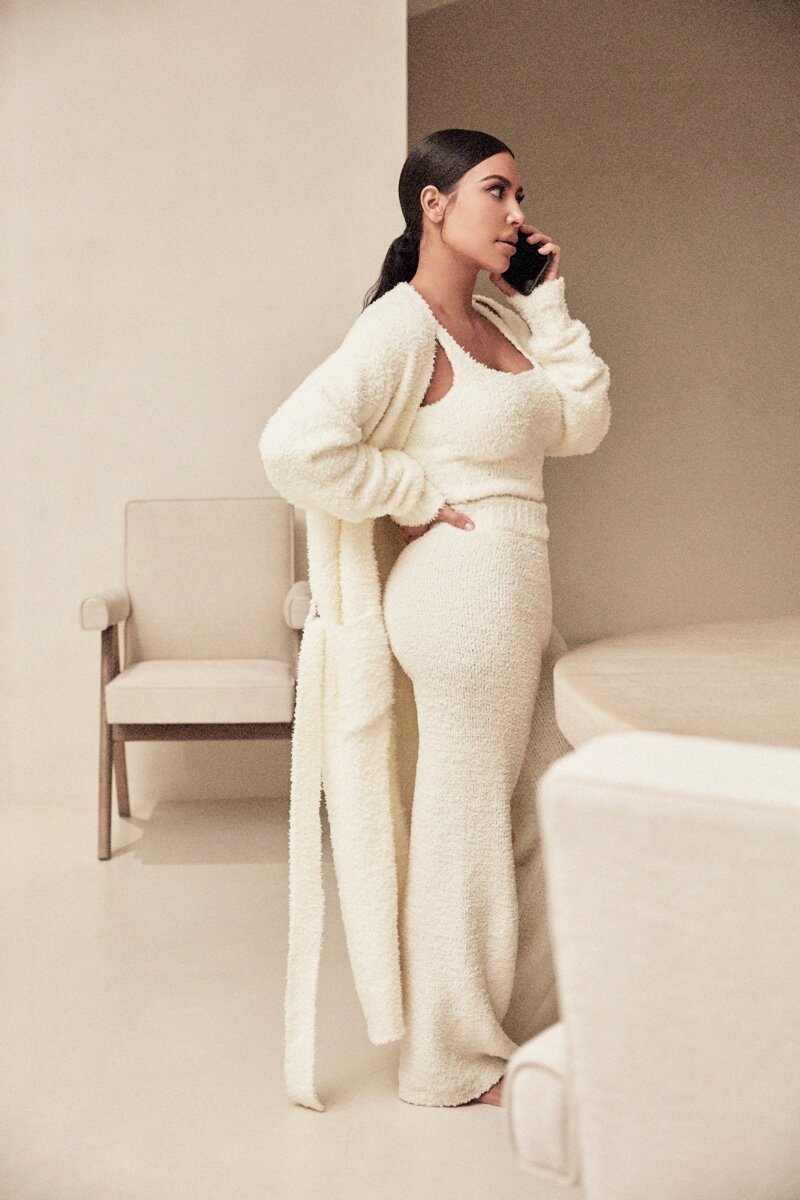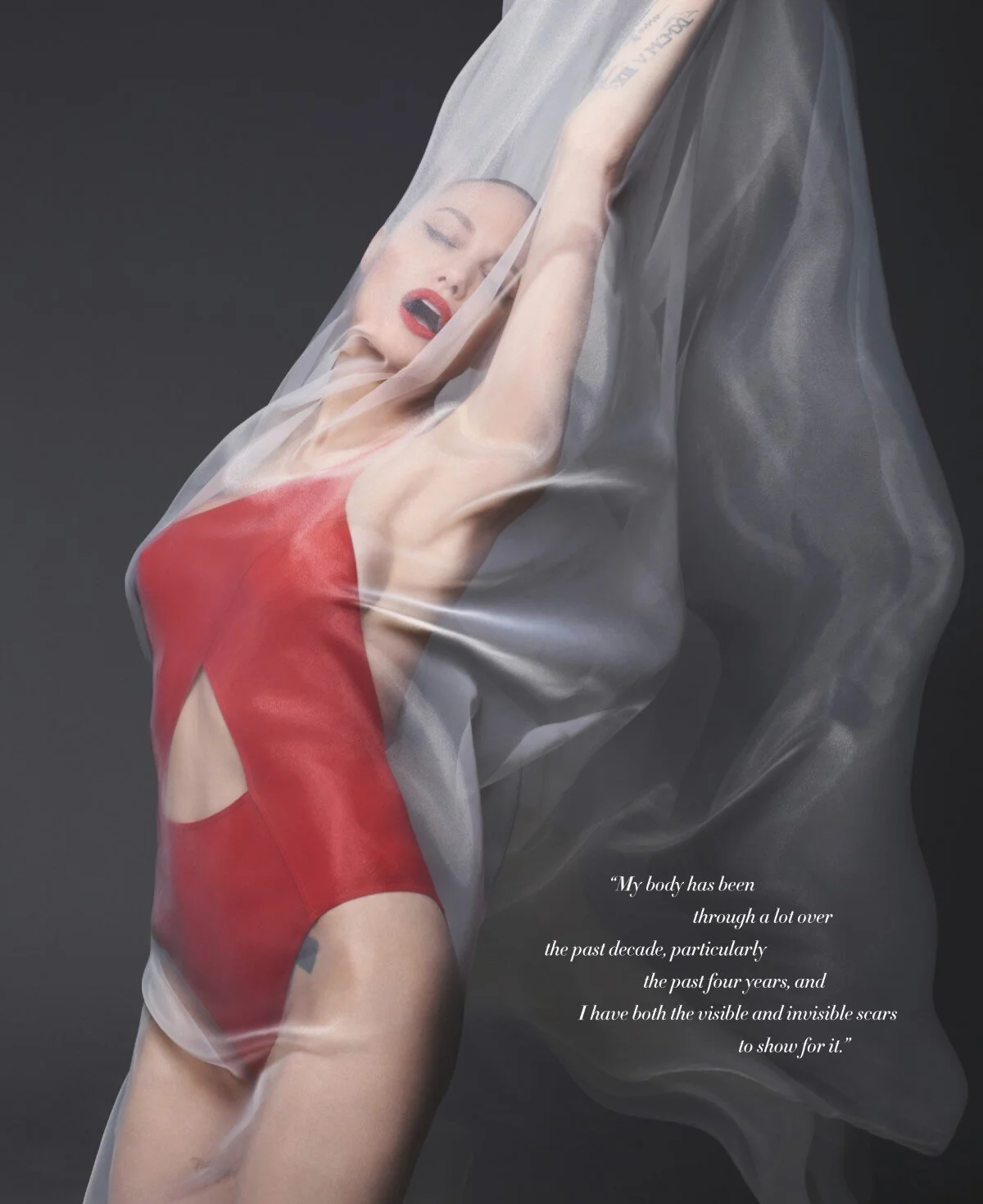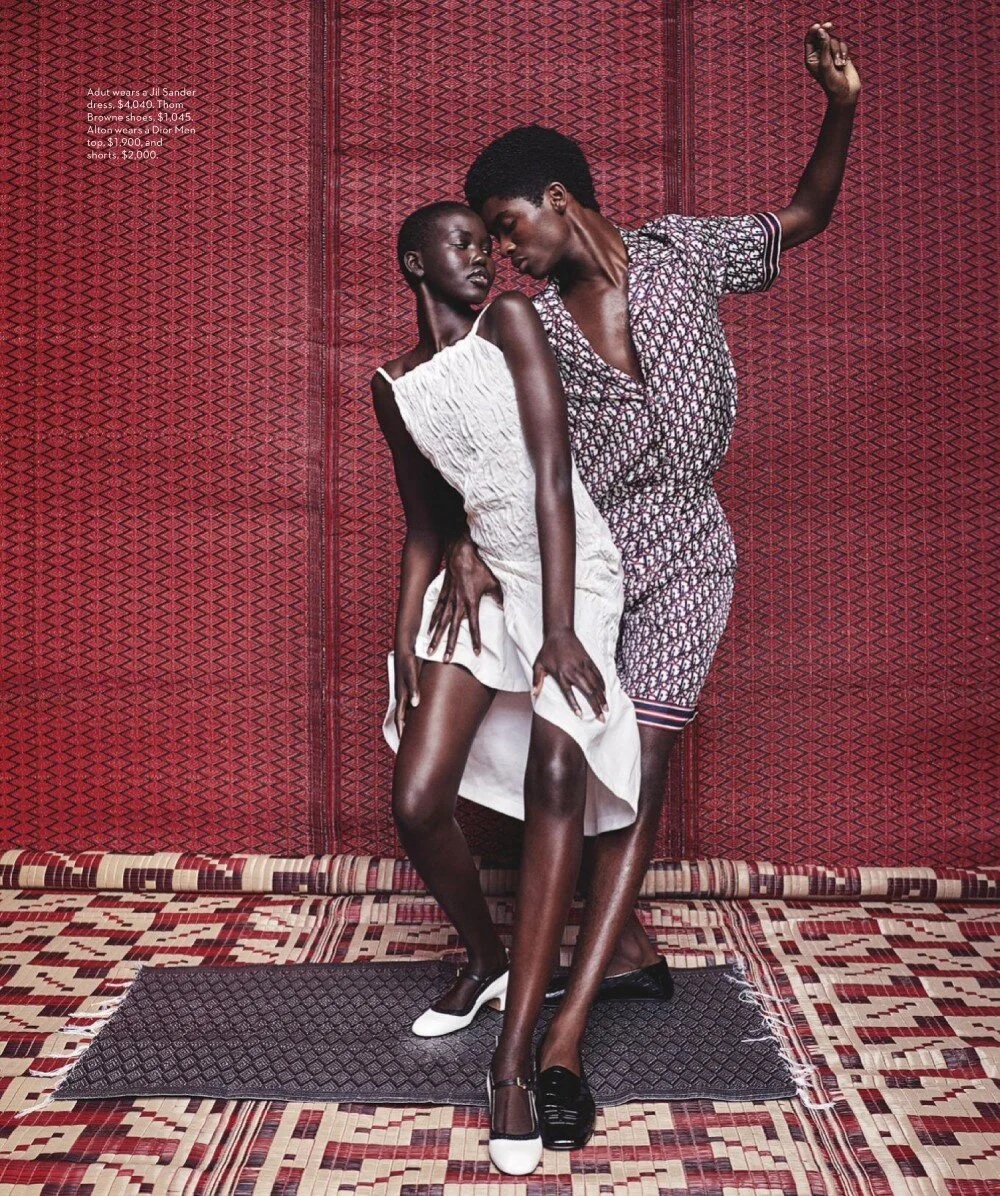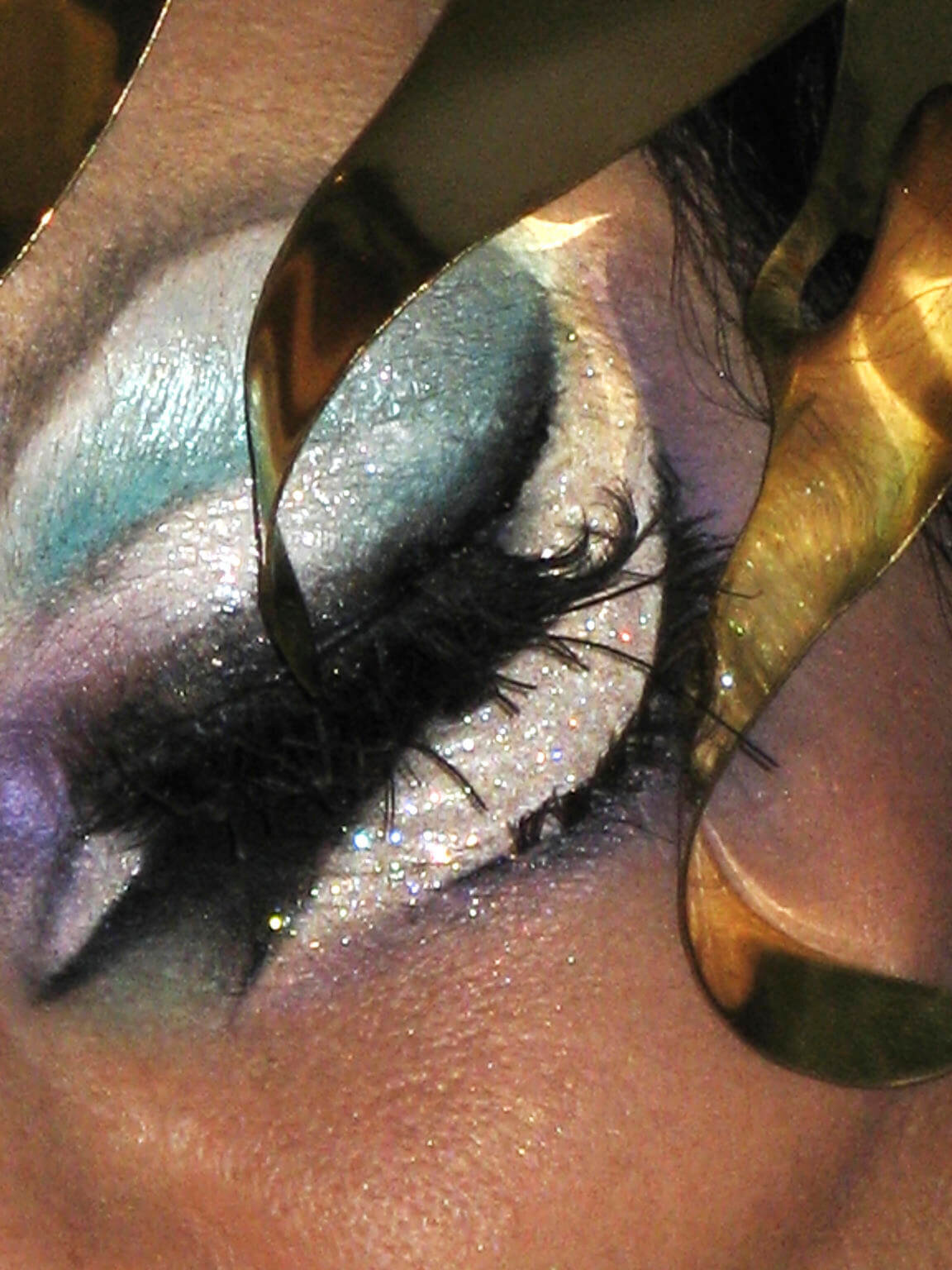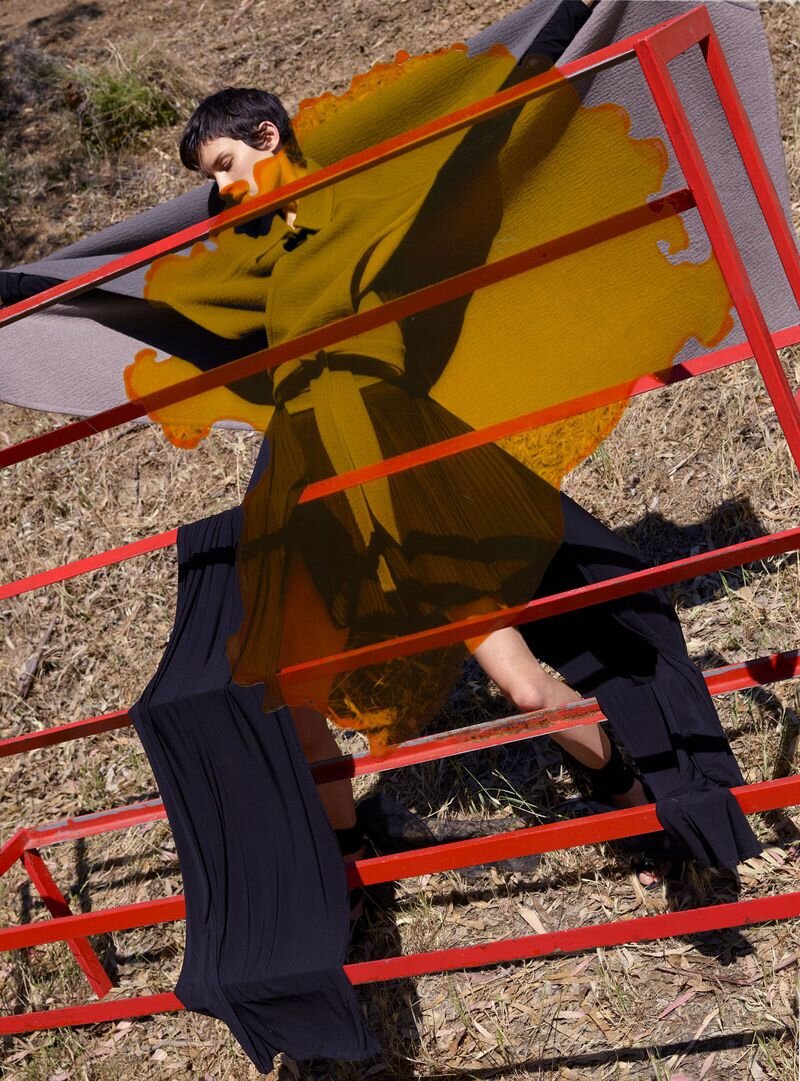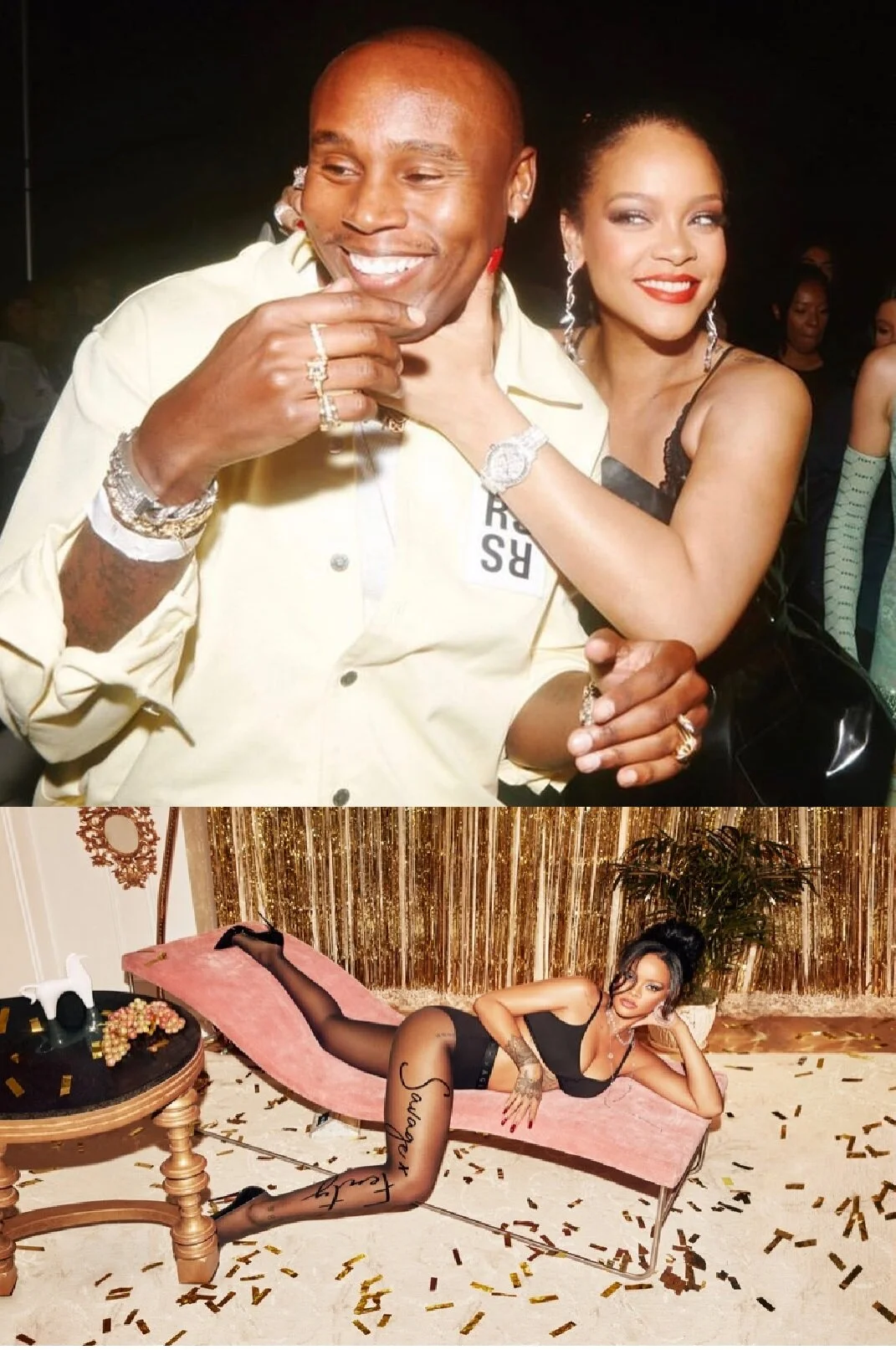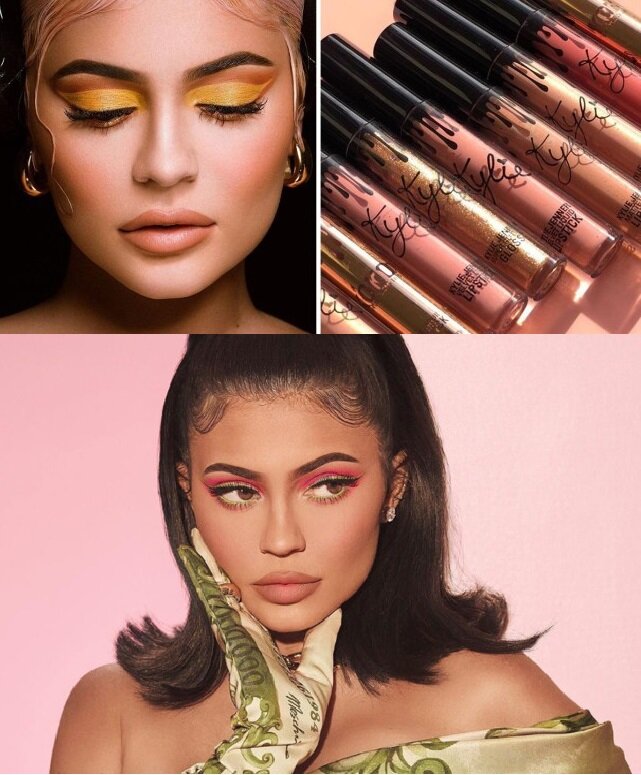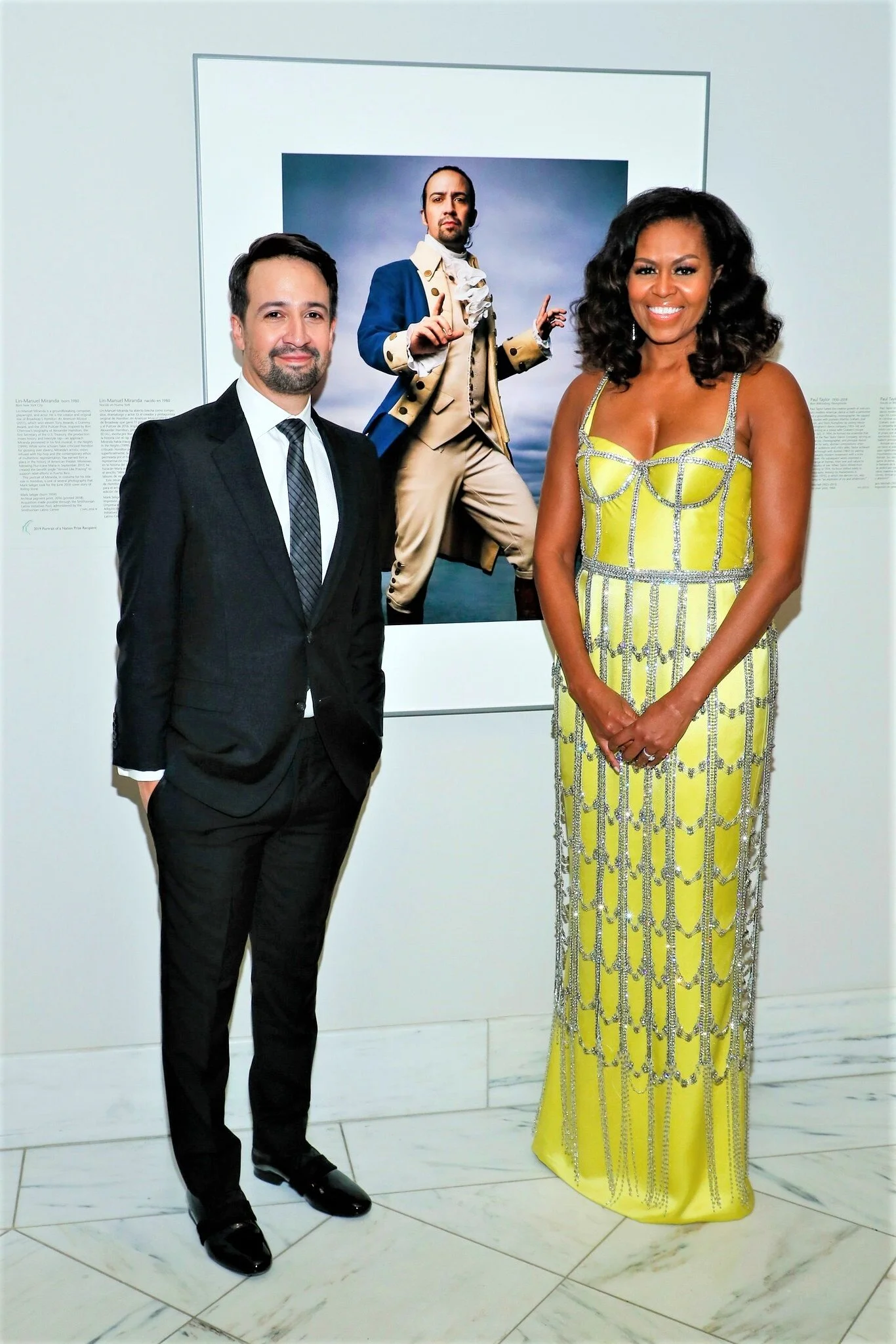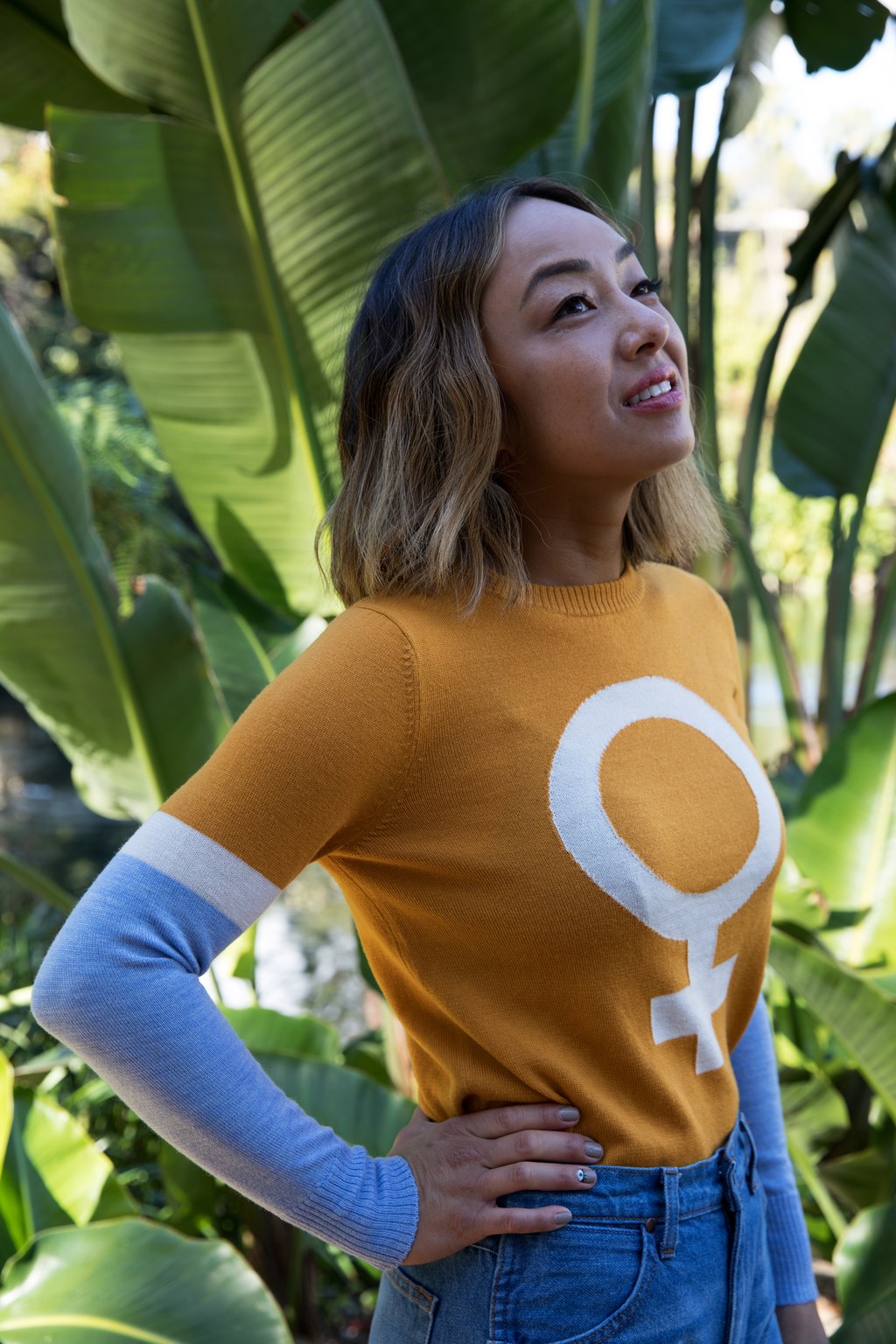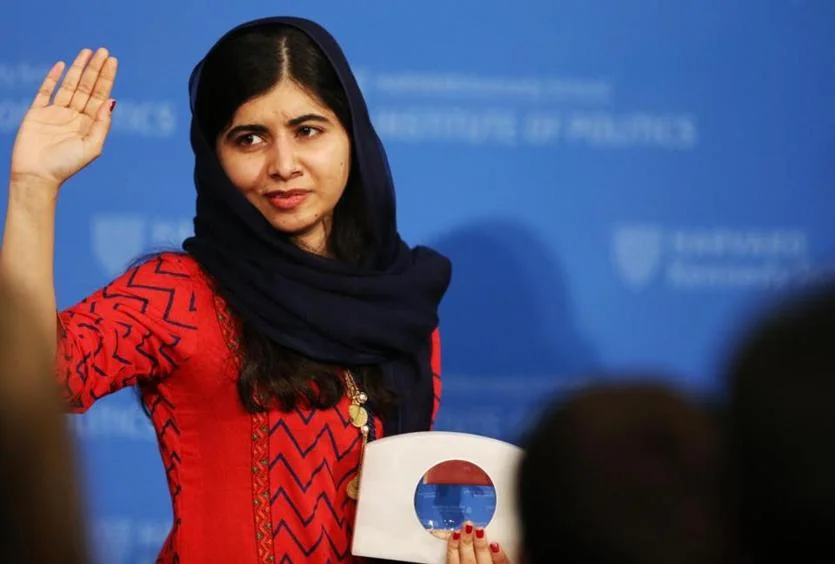Loss of Sexual Desire In Younger Women
/ photo via Symphonie/GettyAs women worldwide celebrate the 50th anniversary of the pill, a new survey of 1,086 German female medical students reports that women using contraception, especially hormonal contraception, had significantly lower sexual functioning scores. 80% of the women were in stable relationships, most were on the pill, and nearly all were sexually active in the prior month.
photo via Symphonie/GettyAs women worldwide celebrate the 50th anniversary of the pill, a new survey of 1,086 German female medical students reports that women using contraception, especially hormonal contraception, had significantly lower sexual functioning scores. 80% of the women were in stable relationships, most were on the pill, and nearly all were sexually active in the prior month.
The dreaded “sexual dysfunction” category included diminished desire and interest in sexual fantasies, mental and physical inability to achieve orgasm, and pain associated with vaginal penetration.
Reporting on the same survey WebMD writes that women not in stable relationships — regardless of their contraception use — had higher sexual desire but lower orgasm scores. Women using birth control such as condoms or IUDs reported the highest levels of sexual satisfaction, presumably with a regular partner.
Research on young women with multiple sex partners has previously established higher levels of sexual dysfunction in reported orgasms in that group of women.
Association Only Between Pill and Low Sexual Desire
Because there was no control group in the study, researchers are establishing a positive association between lower sexual desire and the pill, but more research is required. Also, female medical students aren’t representative of the female population at large, especially with regard to stress levels and sleep deprivation.
Until now, the amount of testosterone, rather than progestins and estrogen, in a woman’s body was associated with her levels of sexual desire. “Hormonal contraceptives may also damage levels of circulating testosterone, thus dampening the capacity for sexual desire and response, the researchers write in this week’s issue of the Journal of Sexual Medicine.” via LiveScience
From our viewpoints, we don’t understand why more women aren’t IUD users. There’s an upfront investment and a couple bad days of cramping, but we’re not messing with our hormonal thermostats.
A 2010 study by the International Society for the Study of Women’s Sexual Health — which is the previously reported Boehringer released data from a European survey called Desire and its Effects on Female Sexuality — says that many young women experience guilt and distress over their sex lives.
ABC News wrote recently of a 2008 study of 31,000 US females 18 and older in which 10% of women aged 18 to 44 complained of low sexual desire or hypoactive sexual desire disorder (HSDD). Note, this entire subject of medicalizing female desire has major pushback from many doctors and feminists.
For the purpose of our discussion, a 2008 study of women 30-70, the prevalence of low sexual desire ranged from 26.7% among premenopausal women to 52.4% among naturally menopausal women. The prevalence of HSDD was highest among surgically menopausal women at 12.5%.
Low Sexual Desire vs HSDD
Interpreting various studies within a standardized vocabulary is challenging in today’s Internet-driven, grab a headline world. The ABC News article confuses us, calling out 10% of women 18-44 complaining of low sexual desire or HSDD — which are not identical.
A woman can experience low sexual desire because she’s no longer attracted to her partner or he doesn’t know how to arouse her. HSDD is considered to be a more serious loss of interest in sexual activity, including sexual fantasy and masturbation or sexual activity with any partner or any gender. HSDD must be persistent over a longer period of time, and the woman must be distressed about her condition.
Millions of women experience loss of libido and it doesn’t bother them at all. A new AARP study takes up this subject, although don’t assume the older crowd has lost its sexual desire. They continue to thrive sexually.
Trying to benchmark the various conversations and data, younger women experience more concern about their lack of desire than older women. We’re not clear that there’s a vast difference among women by age on the rate of HSDD, depending on the lifestyle of the younger woman.
Age and HSDD | Theory vs Reality

In medical theory younger women experience more sexual desire and older women less. But culture, HRT, the pill, diet, stress, health and wealth have turned most of the age-driven sex-drive isms inside out.
We bet that lifestyle including diet, exercise, quality of sensual relationships, rate of obesity, and self image are much bigger predictors of loss of libido and HSDD than birth control pills. Dr. Sonia Davison, of the Women’s Health Program at Australia’s Monash University, has established a positive correlation among sexual happiness, well-being and vitality.
We’re not arguing against the research findings, just wishing that science would undertake a major study of all these factors together.
To Pill or Placebo Effect
In last year’s Boehringer-funded study, one of the most interesting results to us was a significant placebo-effect increase in desire among the American women. In fact, the big boost in results came from the placebo effect control group. Rereading the study results again, they are very mixed.
“Boehringer’s Desire Drug Boosts Lust, Improves Sex”, the North American results are the most interesting:
1. The placebo affect also worked. After taking the drug for six months, North American women taking the placebo reported 3.7 satisfying sex acts each month, compared to 2.7 acts during the baseline period.
2. The North American women taking 100 milligrams of flibanserin nightly reported an average of 4.5 satisfying sex acts per month, up from 2.8 acts during the four-week base line test period.
As is so often the case with drugs in America, when we believe they will work, they do. So the answer to America’s loss of desire another pill? Bear with us while we dig deeper into the question before answering.Anne

